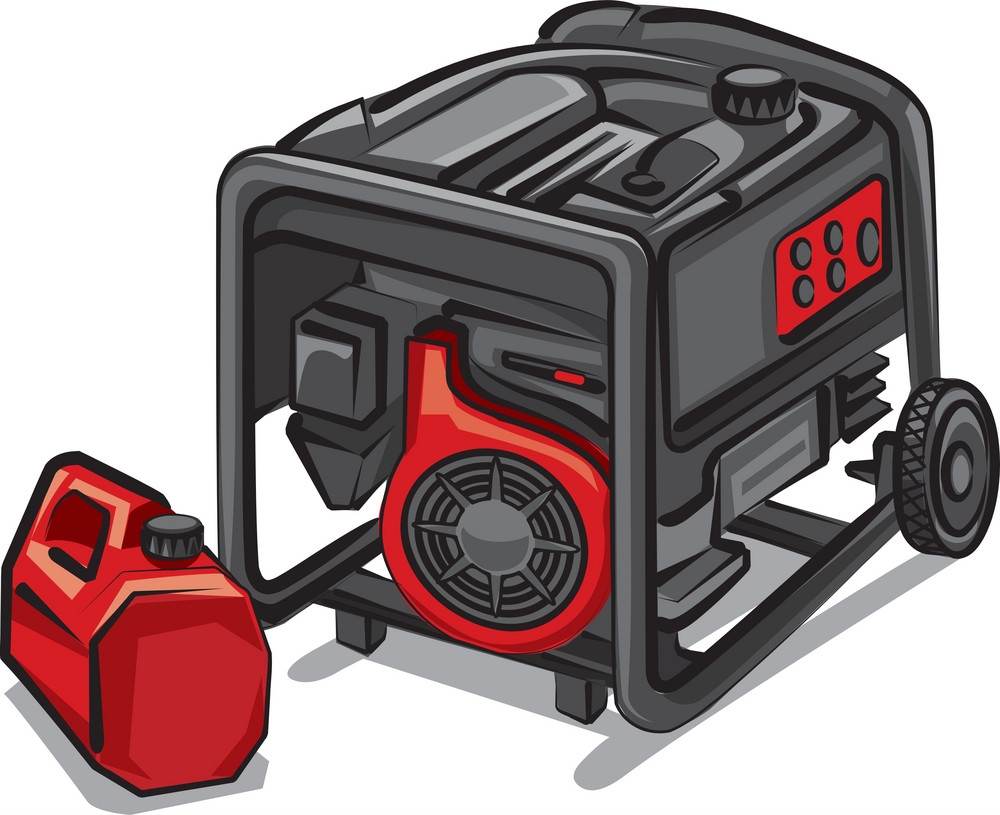Entire House Generators – a glance at just what it means, and just how much power you get
Some standby generator packages are identified as providing “whole home power” meaning they are able to power everything within your house. The packages typically include an automatic transfer switch with power management features.
On its own, “whole home power” implies that the complete residence is provided with power, however not all generators are equipped for producing enough power to support all appliances and lights simultaneously.
Home Power Use
The conventional brand new home in the United States has a 200-amp service panel with numerous circuit breakers. If the amperage of all breakers inside the panel are added up, some may total just as much as 800 amperes, far well over exactly what the panel or main breaker can handle. If all the home’s appliances and lights were switched on, the complete would still not exceed 200 amperes and also the main breaker may not trip.
Safety and convenience dictate how big the principle service panel and the quantity of circuits it supplies. The dimensions of the principle breaker isn’t a good indicator of the volume of power the complete house uses.
Power Management
Managing power takes two forms. Homeowners do their part by switching off nonessential appliances and lights while operating on standby power. What is really a nonessential appliance depends on the problem and the capability of the complete house generator. Power management devices like load-shedding controllers or digital power management systems prevent backup generator overloads by limiting the quantity of high-demand appliances that operate at the same time.
Automatic Transfer Switches
The automatic transfer switch is a valuable part in the whole home generator system. Their installation configures them because gatekeeper for electricity for the entire home. During normal operation, they send power through the electric utility to the main service panel. When utility power fails, they disconnect the utility lines through the home and route power through the whole home generator to the main panel.
To satisfy electrical codes, the automated transfer switch current rating within a whole home power configuration must equal or exceed the principle circuit breaker current rating. A 200-amp main circuit breaker takes a 200-amp or greater automatic transfer switch. Utilizing a smaller switch for whole home power may cause a fire or permanently damage the switch.
Entire House Generators
Generators are rated in watts (W) or kilowatts (kW), a measure of the work electrical power can perform. Air-cooled generators for whole home power start with ratings of approximately 8,000 watts (8 kW) and top out at about 20,000 watts (20 kW). Liquid-cooled generators for residential applications offer 20 kilowatts to 65 kilowatts of electrical power.
In comparison, one hundred amp main circuit breaker can handle about 24,000 watts of power plus a 200 amp panel about 48,000 watts of power. Remember that your home never uses the volume of power the principle breaker can handle.
Picking a Home Standby Generator
For some applications, there’s no need or economical to set up a complete house generator able to providing the equivalent power the principle circuit breaker can handle. By utilizing power management devices and judicious homeowner power use, smaller generators will provide the complete house with electrical power.
Execute a power audit to ascertain all the power used at any moment. Evaluate which high voltage appliances are essential and who are not. Finally, pick a backup generator package which will satisfy the power needs of the whole home and rehearse power management devices to manipulate the power supplied to high voltage appliances for efficient whole home power that is correct for you.
For more info go to: www.BackupHomePower.com
